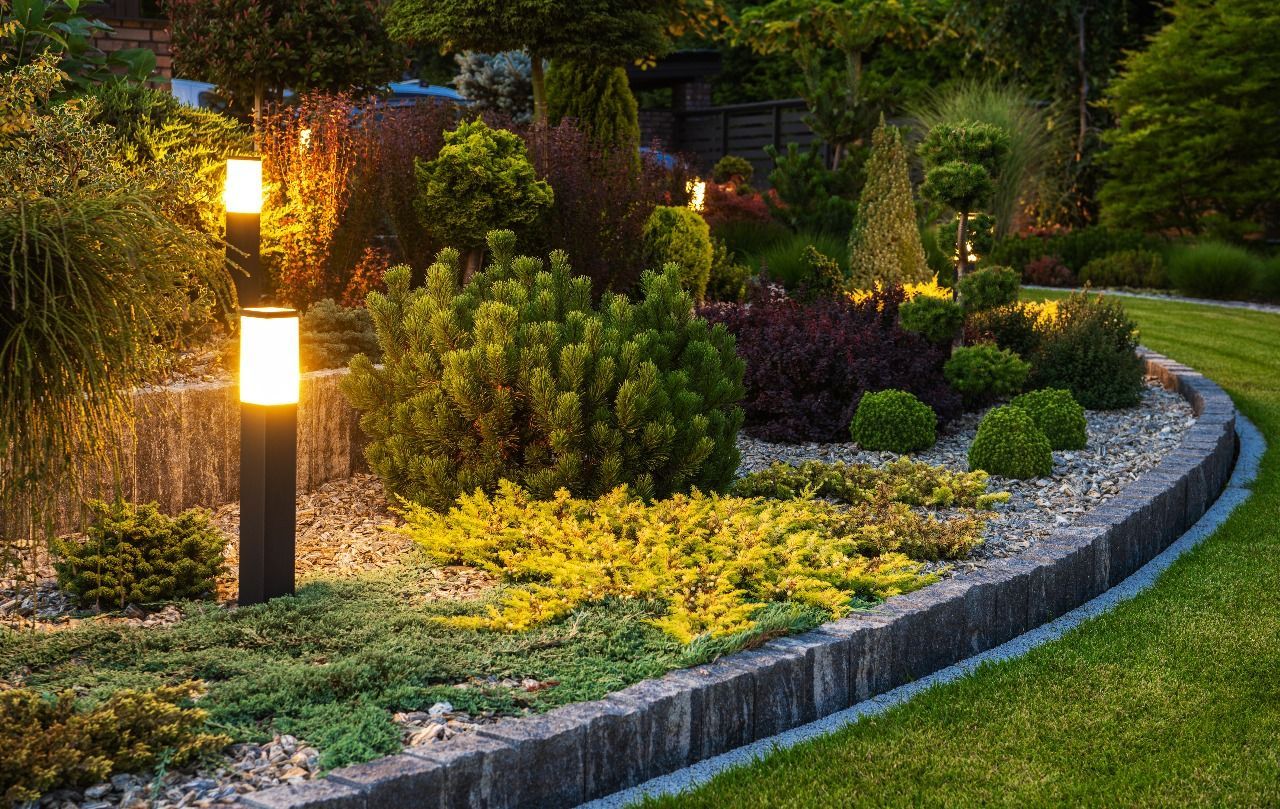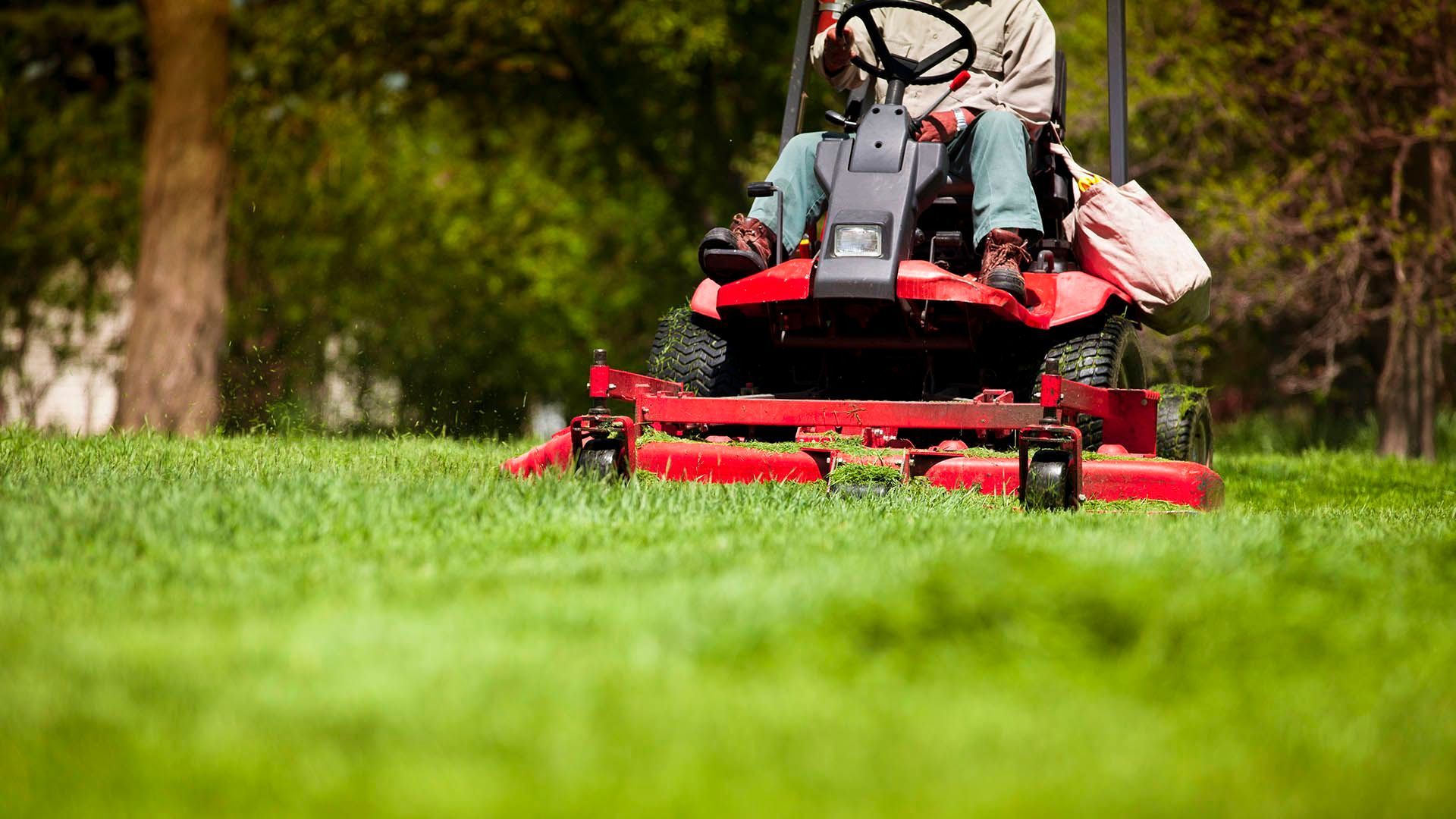10 Ways to Prepare Your Garden For Spring
With the days starting to get lighter and the frost bidding us goodbye for another year, it’s safe to say that spring is on the way! And for those of us with a green thumb, spring signifies a very important time in the gardener’s calendar as we prepare to help our gardens come back to life after a long winter. However, to avoid getting caught up in a frenzy of seed sowing, growing and maintenance work once spring is under way, getting all of the preparations out of the way as early as possible will allow you to reap the rewards later on. After all, gardening shouldn’t feel too much like a chore, so why not make use of these final winter weeks to organise your thoughts and get a head start on the new gardening year? So don your trusty gardening gloves and take your tools out of storage, as we’ve compiled this list of tips that should help you get your garden ready for spring.
1. The Big Spring Clean
We always talk about doing ‘the big spring clean’ inside our homes, forgetting the fact that our gardens often need one, too! Tidying up your outside space can feel like a never ending task at times, but if you do ensure that it’s done regularly, it really shouldn’t take you too long at all.
When giving your garden a pre-spring clean, you should always prioritise collecting dead leaves and stalks that have fallen onto the ground. It’s important that this debris is cleared away as they can harbour diseases which will allow bacteria to grow and infect your plants - not a great way to start the new season.
Your cleaning duties could also include any hard landscaping if you have a patio or decking. A thorough sweep up and wash with just water should do the trick; if you do use cleaning products, protect the surrounding plants.
2. Take Care of Your Lawn
Spring can be a good time to rake and feed your lawn, along with scarifying the ground. This will help you ensure that all debris and dead grass cuttings are removed, giving it some breathing room and preventing it from becoming waterlogged. You can also use this time to give your turf a bit of a facelift: level out any uneven spots and plant some new grass seed.
3. Reduce, Reuse, Compost
The good news about having to clear away all of that organic waste is that much of it can be composted. Just before spring, you should make a point of turning over your compost pile; it’s been working hard over the winter months, and you’ll find that the bottom layer will now make great mulch that’s ready to be spread across your flower beds. If you find yourself with too much compost, consider offering some of it to a neighbour or friend in the name of recycling.
4. Clean Out Your Greenhouse
If you have one, you might want to use this preparation stage to give your greenhouse a good clean, ensuring it's all ready for new seedlings and cuttings. Wash the greenhouse exterior with disinfectant to remove any algae, moss or general grime. This will let more light in during the growing months whilst also preventing any pests or bacteria from homing on the surface. You should always disinfect the inside walls, too, as overwinter bacteria can lurk in the smallest nooks and crannies.
Sweep up any plant debris on the floor and wash it with a hot garden disinfectant solution. While you’re at it, wash pots and seed trays to prevent diseases like ‘damping off’ from infecting young plants. After you’ve done this, ventilate your greenhouse well over the next couple of days to dry it thoroughly.
Once your greenhouse is looking spick and span, check the structure for any damage to glass or vents, and replace any broken parts.
5. Get a Trim
Many of your plants could likely do with some TLC to prepare them for spring - whether it involves repotting them, moving them to a more protected area of the garden or simply trimming the stems to encourage some new growth. If you have any buddleia or roses, for instance, these will need to be pruned in the spring once the frost has moved on. Identify any plants that will need to be pruned around this time.
6. Banish Weeds & Prepare Soil
Over winter, those pesky weeds have been enjoying their time in your garden whilst you’ve been taking a break. In order to properly prepare your soil, you should remove as many weeds as you can. A lot of the time you can get away with doing this by hand, but for tougher pests you might need some weedkiller.
Rake over your soil to maintain airflow and ensure that when you start to plant new perennials, they will have the best possible matter for growing. New topsoil is also a good idea when you are preparing your garden for spring.
7. Tend to Garden Furniture & Fences
Now is the time to get all of those irritating maintenance jobs out of the way. Firstly, whether it’s made of wood, wicker or plastic, your garden furniture is going to need some TLC. Plastic can easily be revived with some warm, soapy water and a sponge; anything made of timber might take some more work. Start with a simple clean before moving onto an appropriate wood oil that will seal the wood and protect it from the elements.
Likewise, fence panels and gates should be checked for signs of weather damage or rot. Fixing any broken parts will give you more time to spend in the garden throughout spring. All surfaces should also be cleaned with a power washer to remove dirt, mildew or moss, and you can use a stiff brush to get rid of stubborn grime. Let the wood completely dry before applying a coat of pain or wood preservative.
8. Care For Garden Tools
Just like with pots and containers for your new plants, it’s just as important to keep your garden tools clean, sharp and free from germs. Maintaining your tools will help to preserve them for longer, saving you money and helping you prevent the spread of disease. Dirty secateurs, for example, are notorious for introducing bacteria and fungi into fresh prune wounds.
Use a detergent, hot water and a scourer to give blades a good clean. Sharpening your tools will also improve their performance, will make them easier to work with and will achieve a cleaner pruning cut. Once sharpened, apply some oil or WD40 to blades and hinges. Hand tools, such as spades, hoes, rakes and trowels will also benefit from a thorough clean and oiling.
9. Eradicate Any Pests
Despite the fact that you’ve taken the time to prevent bacteria from spreading throughout your garden with some standard cleanliness, sometimes irritating pests can still find their way to our plants. You should try and hunt down any hibernating pests before it’s too late, as it will save you a lot of trouble come spring and summer. Take a closer look at the crowns of your perennial plants and check for slugs, snails and aphid colonies that might be sheltering. You should also check underneath leaves for any bugs or flies - some species can simply be brushed off, whereas others will need to be removed with a specialised pest treatment.
10. Order Summer Bulbs & Seeds
Ordering your summer flowering bulbs and seeds in advance is the perfect way to spend a rainy day when you can’t get any work done outside. It’ll also give you plenty of time to decide whether you’d like to try growing some new varieties of plants this year, which can always be a fun and rewarding challenge. Flowers such as lilies, gladioli and ranunculus can be ordered as early as winter for spring planting.
Looking For Groundworks Contractors in Central Scotland?
If you require some extra help with getting your garden ready for spring and are located in Central Scotland, GMCB are here to help. From
grounds maintenance to tree surgery and land clearing, our team of groundworks contractors have been specialising in commercial grounds maintenance and landscaping since 1984. Since then, we have garnered a reputation for excellence thanks to our personal approach and meticulous attention to detail that far surpasses that of other groundwork companies. No matter what your requirements, preferences and budget are, GMCB will always be on hand to assist you. To find out more about how we can help, or to obtain a free quote, please
get in touch with us today.
















